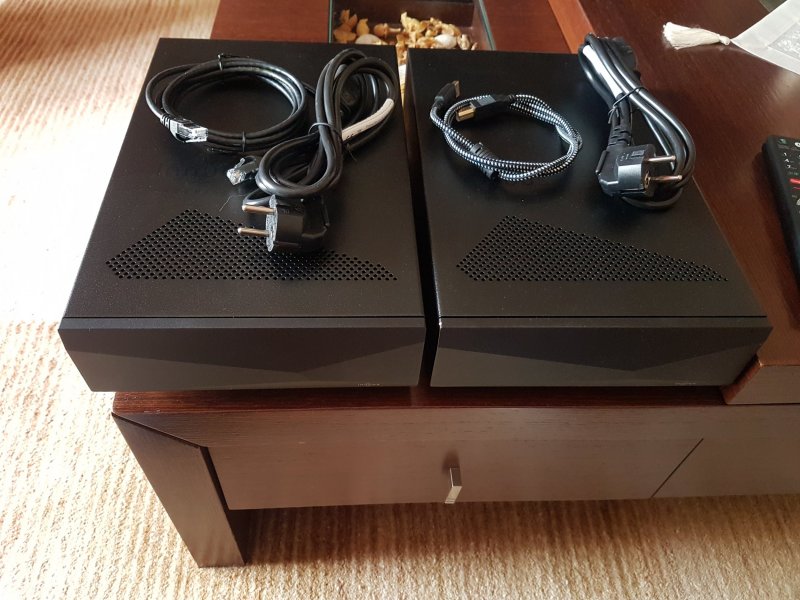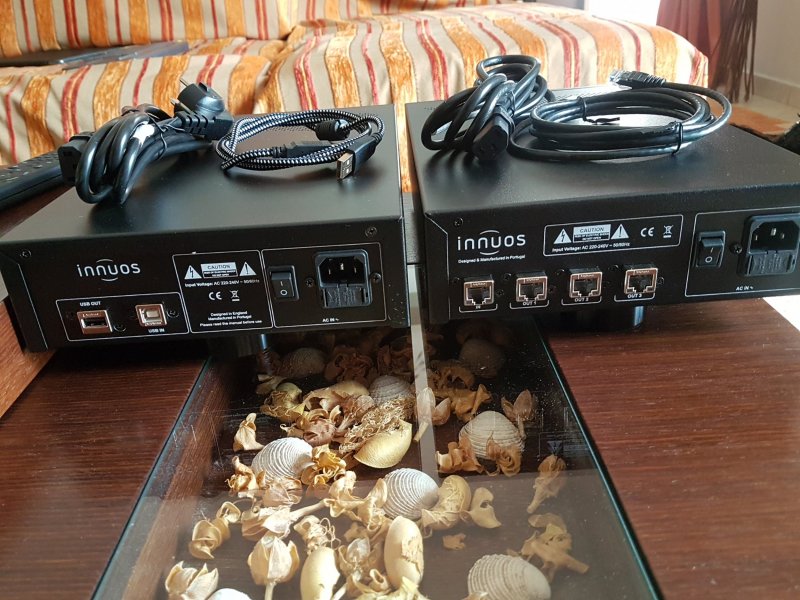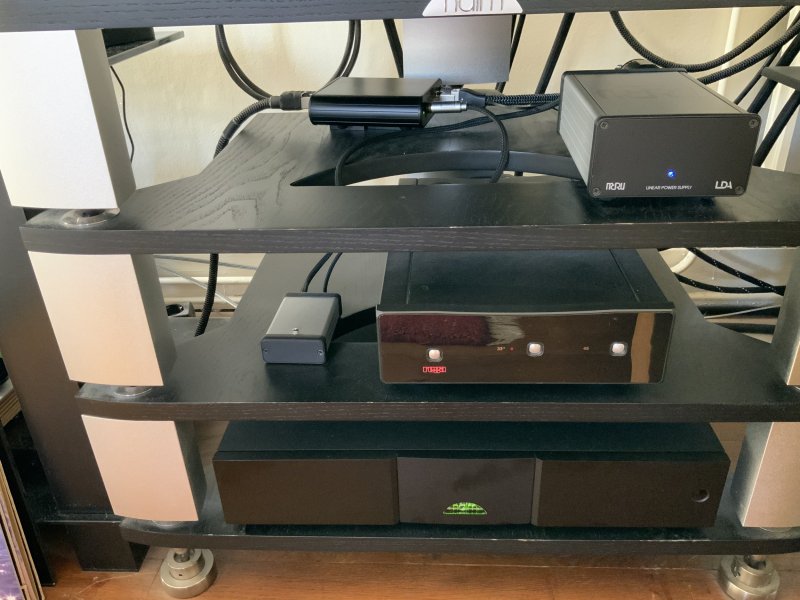As a listener, you are a critical part of your hi-fi chain. Your system selects the musical material, streams it over the network, converts it from a digital pattern to an analog waveform, converts that into soundwaves and YOU, the listener, convert that pattern of sound waves into music, with pitch, rhythm, spacial presence, beauty and meaning. The better job your system does of accurately generating those 2 sources of sound pressure waves, the better job your brain can do in interpreting those sound wave patterns into music.
Stereo is an illusion and sound engineers use that illusion to generate music in the head of the listener. The illusion is created from 2 sources: the interplay of the 2 sets of physical soundwaves from the loudspeakers and the actual content of the waves. Its important to understand the difference.
The loudspeakers‘ location is fixed and provides the ability to deliver differential signals to the ears and its that differential information that creates the spacial illusion. But there’s more. The content of the signal also contributes hugely, so while the physical location of the speakers can only take the illusion so far, information embedded in the signal itself can take it the rest of the way.
The physical loudspeaker signal‘s spacial abilities are limited by the installation. 2 loudspeakers, on there own can‘t generate sounds outside of the triangle LS-Listener-LS, but as soon as you add additional information embedded in the signal, you can create an illusion of a venue of any size, from small and intimate to infinitely large. But the key, THE KEY, is to recover all this embedded information and the problem with digital is that this information is the first thing to disappear in the presence of noise and jitter. The more you can reduce these unwanted artefacts of networks and data streams, the more spacial, 3 dimensional, detailed and ‘real’ the music becomes. Now the word ‘real’ is really loaded. Does it mean ’lifelike’ or ‘natural’ as in “it sounds like a real orchestra” or does it mean ’real’, in the sense that “it sounds like it actually exists”. If you take the former definition, then electronically generated music can never sound ‘real’ but if you use the 2nd definition then electronic music that has structure, body, musical attributes and physical presence can sound very real in the sense that its able to completely convince your brain to generate beautiful feelings and emotions.
All this preamble is important, because what the Innuos PhoenixNET does it to make music sound more believable and more real. It is able to reveal more of the music’s inner beauty, make it more convincing, more present and able to generate intense feelings and emotions. It can create music with immense energy and Intensity. Not an in-your-face intensity, although it can do that, but rather the feeling of being overwhelmed by feelings and emotions. A really, really well optimized system can provide a sensual intensity of a level normally associated with ‘thrill seeking’. With the right music, emotions are strong enough to evoke cries of delight, tears of joy, huge silly grins....you get the idea.
I recently added a PhoenixNET to the input of a Statement server. What you get are all the hi-fi attributes of bigger soundstage, deeper, more palpable bass (bass you can actually feel), greater intensity and density of timbral colours and harmonic complexity, richer acoustic detail, increased PR&T. The sound becomes more enveloping, more immersive. You now sit somewhere in the middle of your soundscape, surrounded by music The instruments become more 3 dimensional, and you‘re listening to instruments making music, as opposed to hearing music made by instruments. The latter is a really big deal in terms of creating absolutely believable and thrilling music.
In summary, The PhoenixNET does all the hi-fi things you’d expect from a dedicated high-end switch, but that isn’t its main attribute. Its most overriding characteristic and for me its most important attribute is in revealing more of the music‘s inner beauty, the musicians’ intent and skill and the composer’s message....giving it the ability to strongly modulate your feelings and emotions.....like an interface between the music’s soul and yours.
Since I added the PhoenixNET I always get a little ‘fizz’ of anticipation before each listening session. An increasingly large percentage of my listening is via remote streaming. The fact I can spend hours totally absorbed in Swiss Radio Classics, a 128kbps radio station, should convey its own message. Switching to hi-res streaming is always a shock.... a ‘holy cow’ moment but there’s really no sense of being shortchanged while listening to SRC. For me, a pristine network feed is more important than resolution when it comes to actually enjoying the music and that’s exactly what the PhoenixNET delivers.















